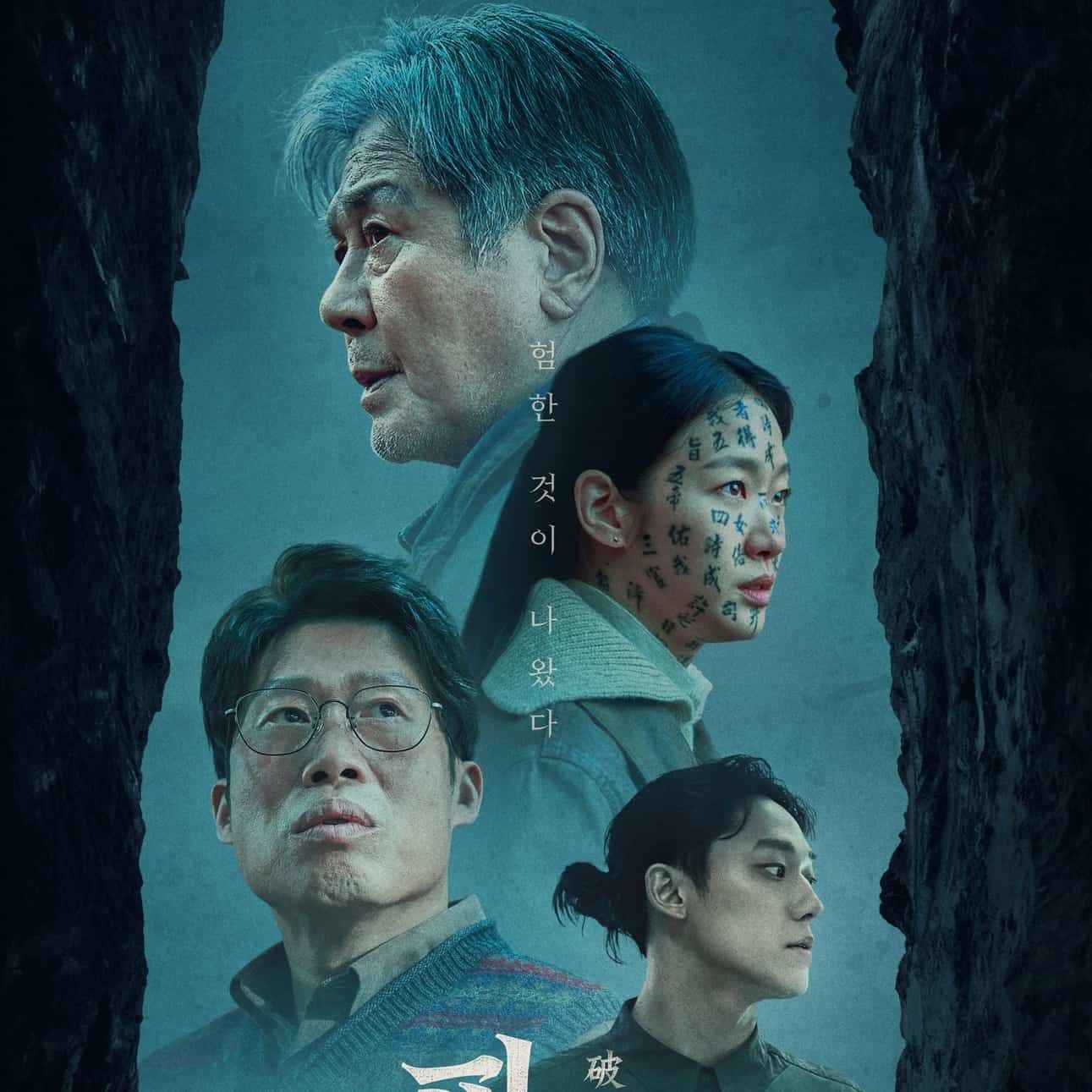
Introduction to the documentary Shoah
The documentary film Shoah, directed by Claude Lanzmann in 1985, offers an in-depth examination of the Holocaust through interviews with survivors, witnesses, and even perpetrators. One of the unique aspects of this documentary is the filmmakers’ decision not to use any archival footage. Instead, the film relies entirely on contemporary interviews and footage of significant locations.
Shoah is notably long, with a runtime of over nine hours. During this extensive duration, the documentary covers important sites such as the death camps of Chełmno, Treblinka, and Auschwitz-Birkenau, as well as the Warsaw Ghetto. The film’s length allows for a thorough exploration of these locations and the harrowing events that took place there.
Critically acclaimed for its comprehensive and impactful portrayal of the Holocaust, Shoah received numerous prestigious awards, including the New York Film Critics Circle Award for Best Non-Fiction Film and the BAFTA Award for Best Documentary. The documentary is recognized for its powerful storytelling and the emotional weight of its subject matter. Given its length and the heavy nature of the content, it is often recommended to watch the film in segments. This approach allows viewers to fully absorb and reflect on the detailed testimonies and stories presented.

The documentary “Shoah” is a monumental film directed by Claude Lanzmann and released in 1985. It is renowned for its comprehensive and harrowing examination of the Holocaust, known in Hebrew as “Shoah.” Here are some key points about the documentary:
Length and Production: This documentary spans over nine hours and took eleven years to complete. Remarkably, the film does not use any archival footage. Instead, the core of the narrative is built entirely on interviews with survivors, witnesses, and former Nazis.
Content: The documentary delves into several key aspects of the Holocaust, including the death camps of Chelmno, Treblinka, and Auschwitz-Birkenau, as well as the Warsaw Ghetto. It features deeply emotional testimonies from survivors and, on the other side, chilling accounts from the perpetrators.
Reception: “Shoah” was met with critical acclaim and won numerous awards, including the New York Film Critics Circle Award for Best Non-Fiction Film and the BAFTA Award for Best Documentary. It was praised for its meticulous and respectful approach to such a sensitive historical event. The documentary is considered one of the greatest ever made, with the renowned French philosopher, writer, feminist, and existentialist Simone de Beauvoir calling it a “unique masterpiece.”
The Holocaust: The Holocaust was the systematic, state-sponsored persecution and murder of six million Jews and millions of others by the Nazi regime and its collaborators during World War II, from 1933 to 1945. The roots of this atrocity lie in Adolf Hitler’s anti-Semitic ideology and the Nazis’ belief in the racial superiority of the “Aryan race.”
Victims: Besides Jews, other groups targeted included the Roma (Gypsies), people with mental disabilities, political opponents, homosexuals, and others deemed “undesirable” by the Nazis. The Nazis used concentration camps, death camps, ghettos, and mobile killing units (Einsatzgruppen) to carry out mass murders. By the end of the war, approximately six million Jews and millions of others had been killed, making the Holocaust one of the most horrific and brutal genocides in human history
Comment







